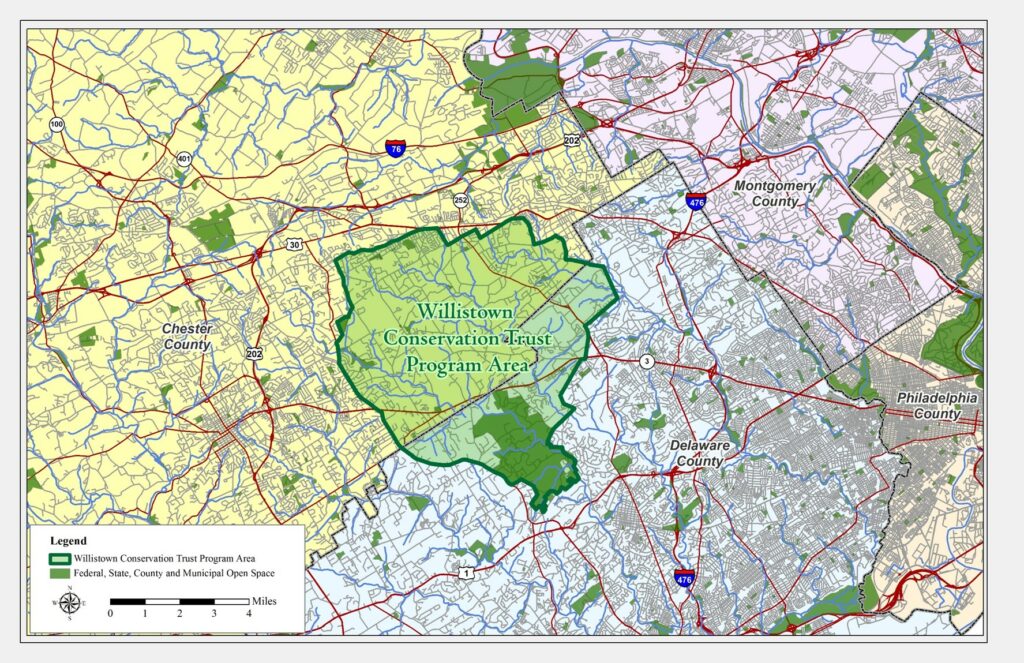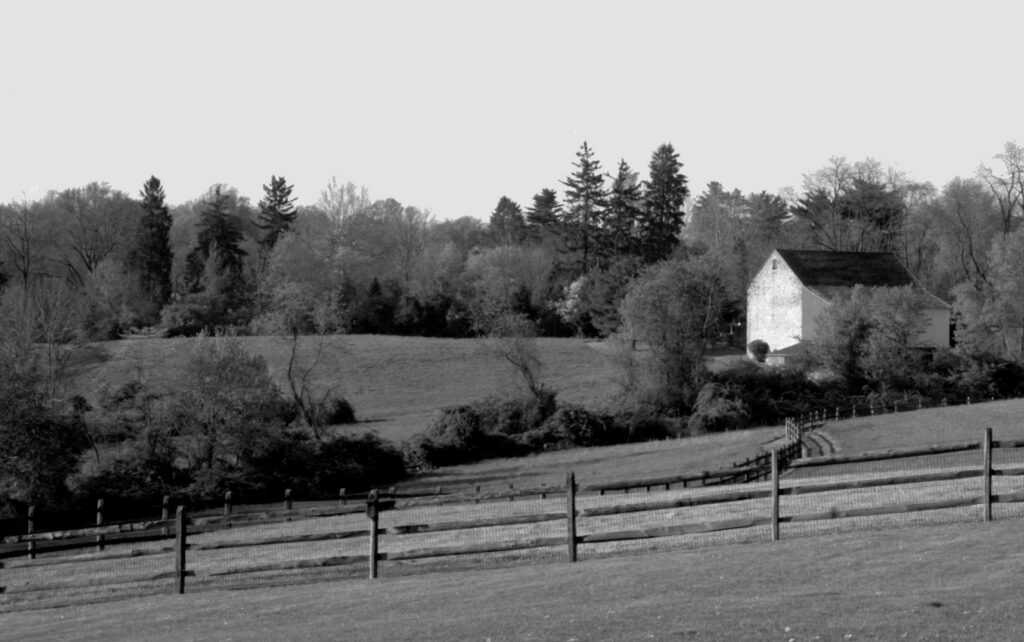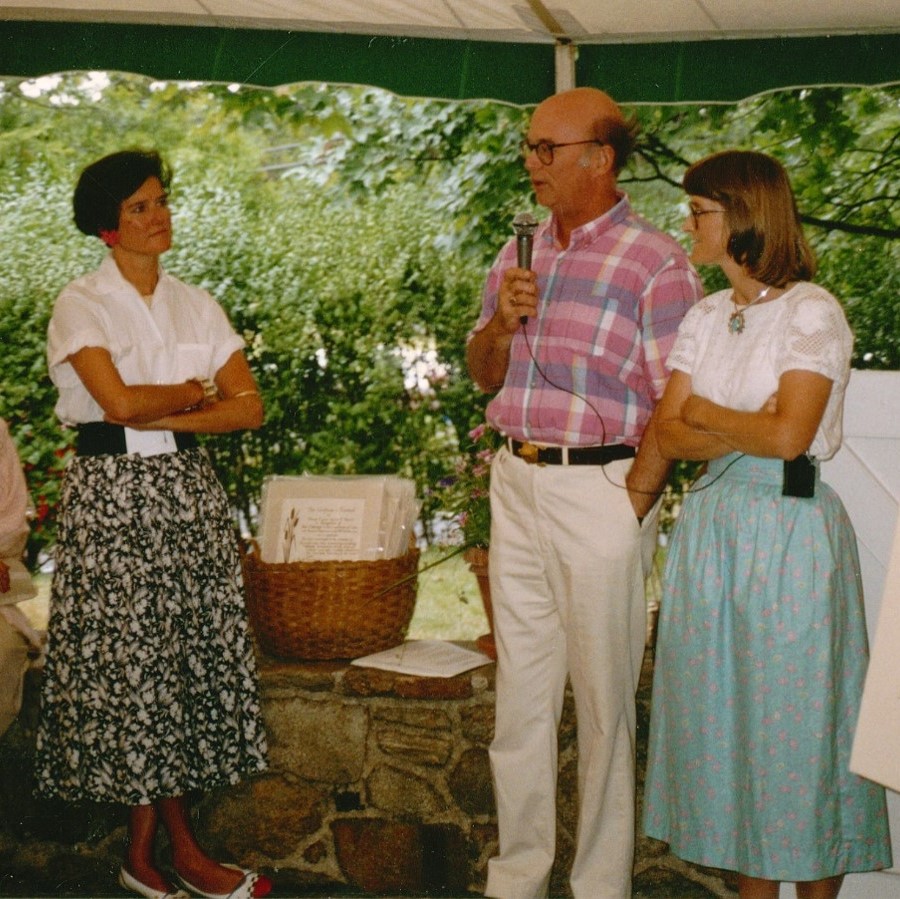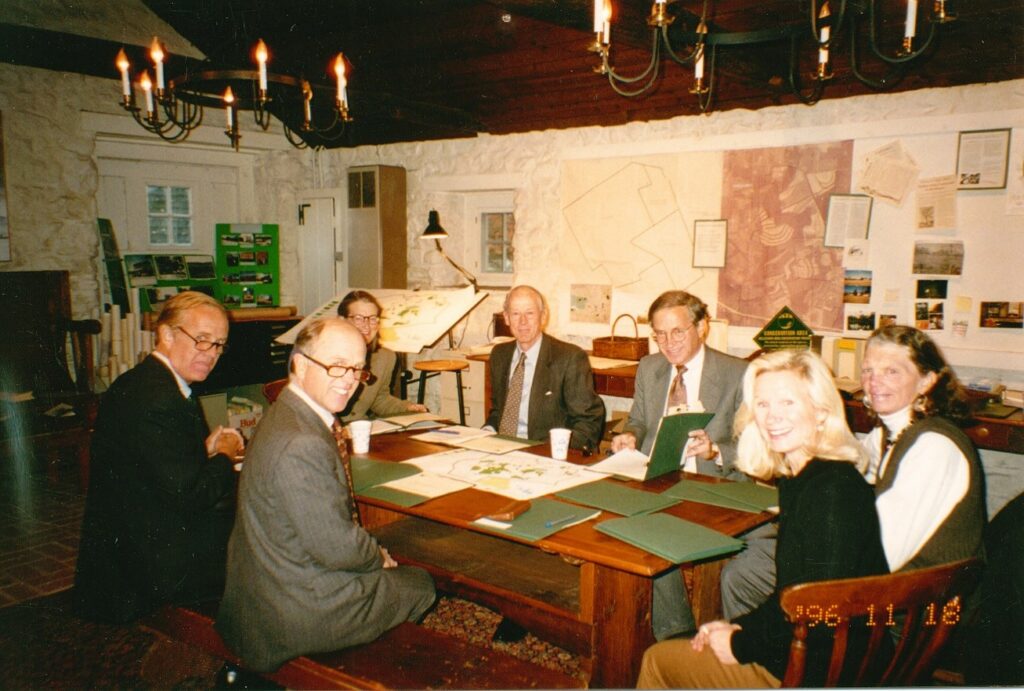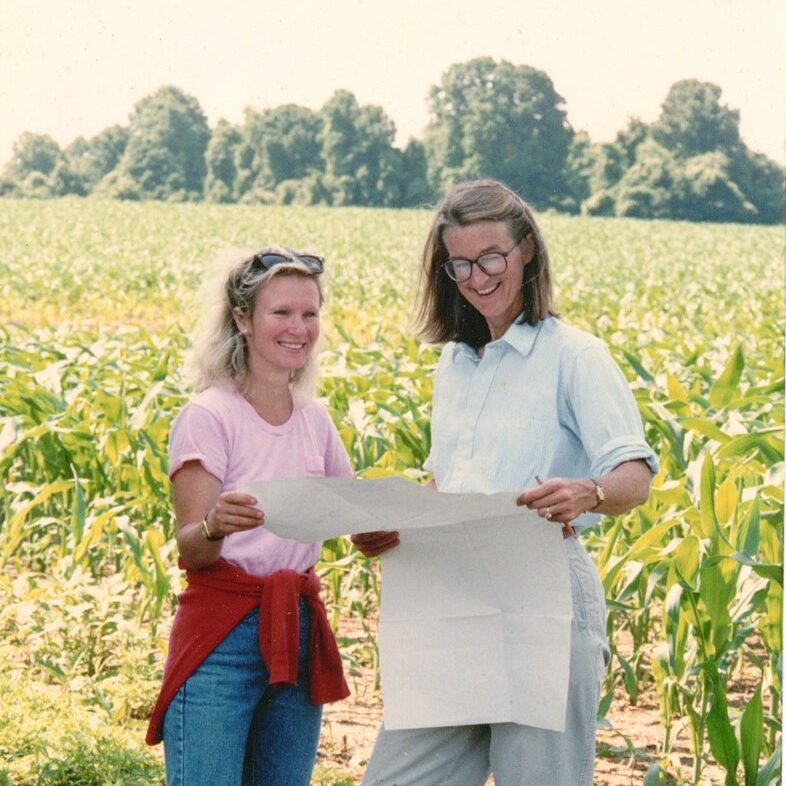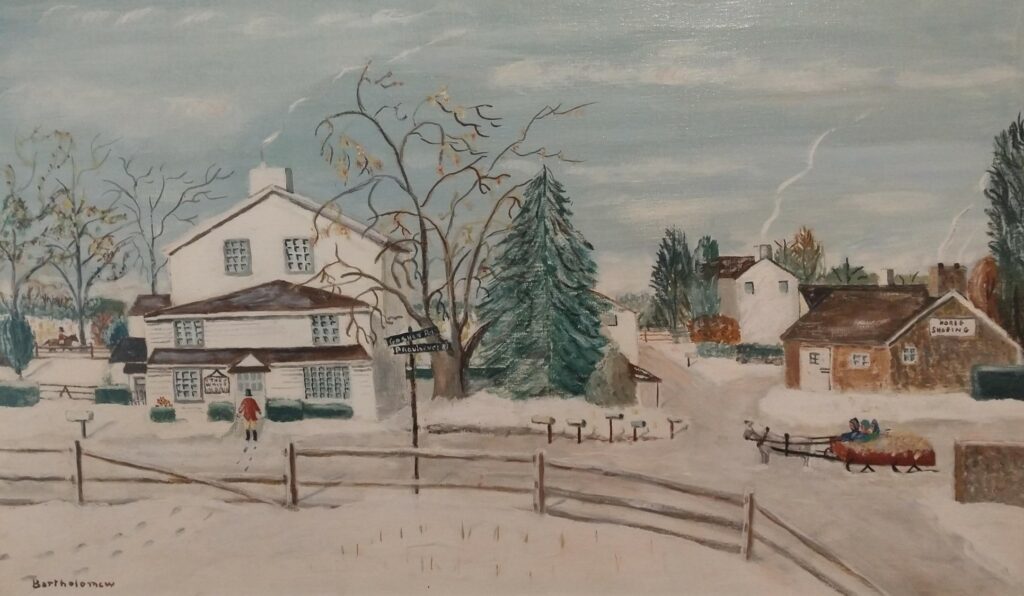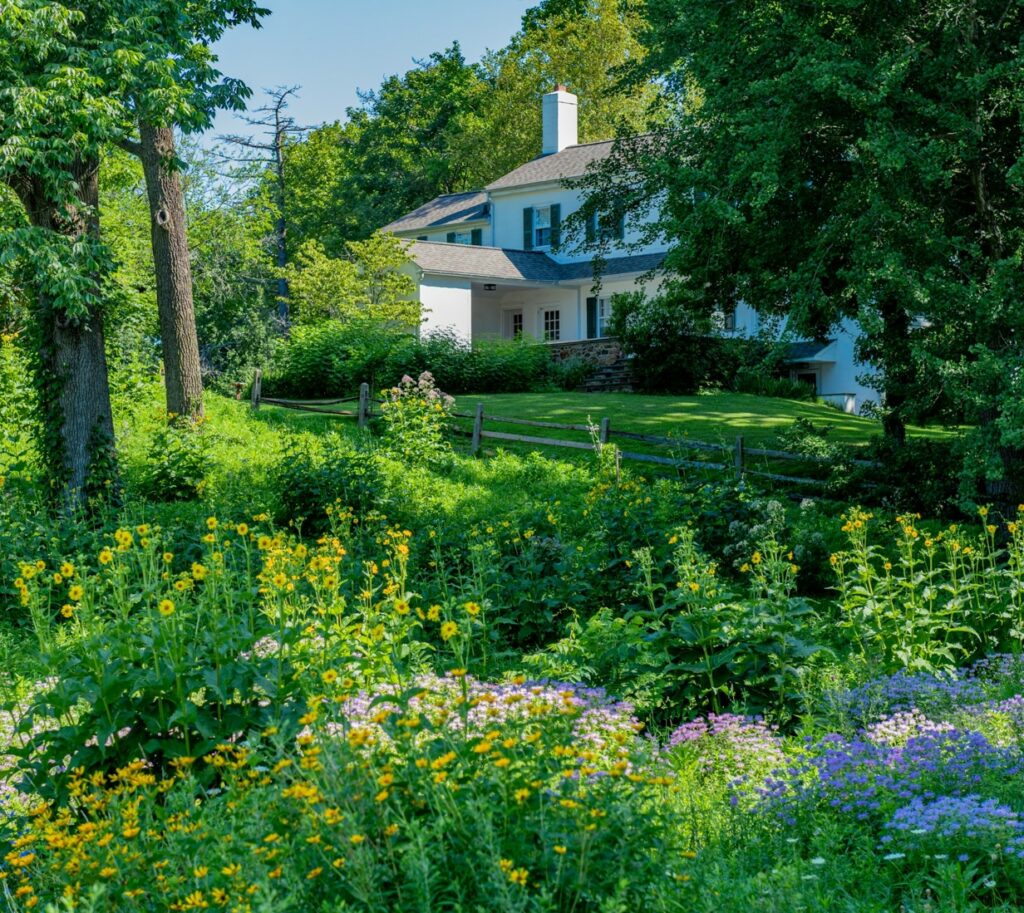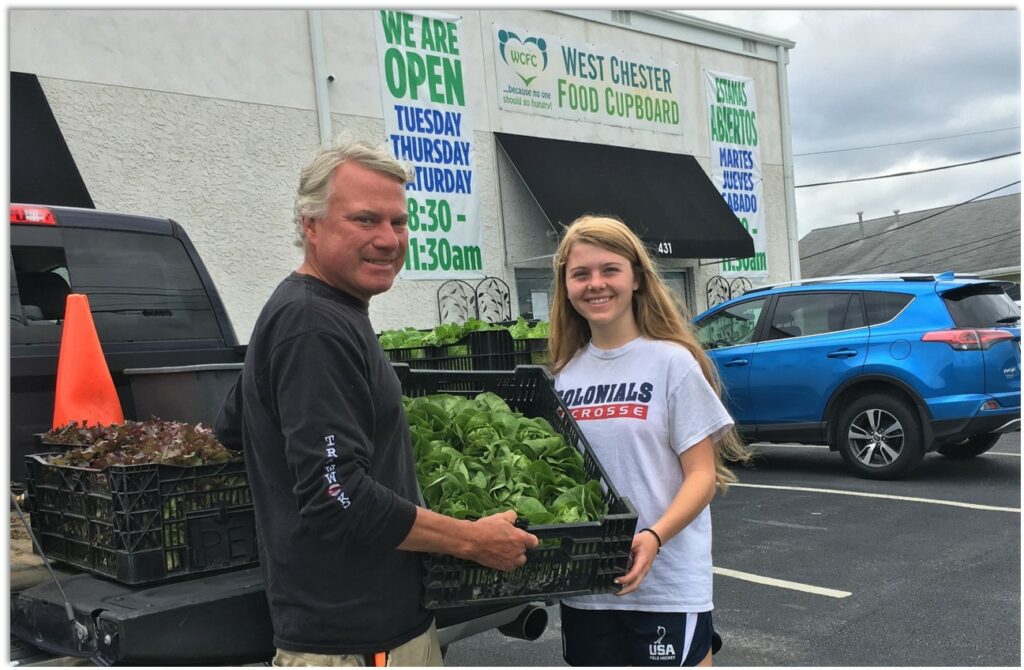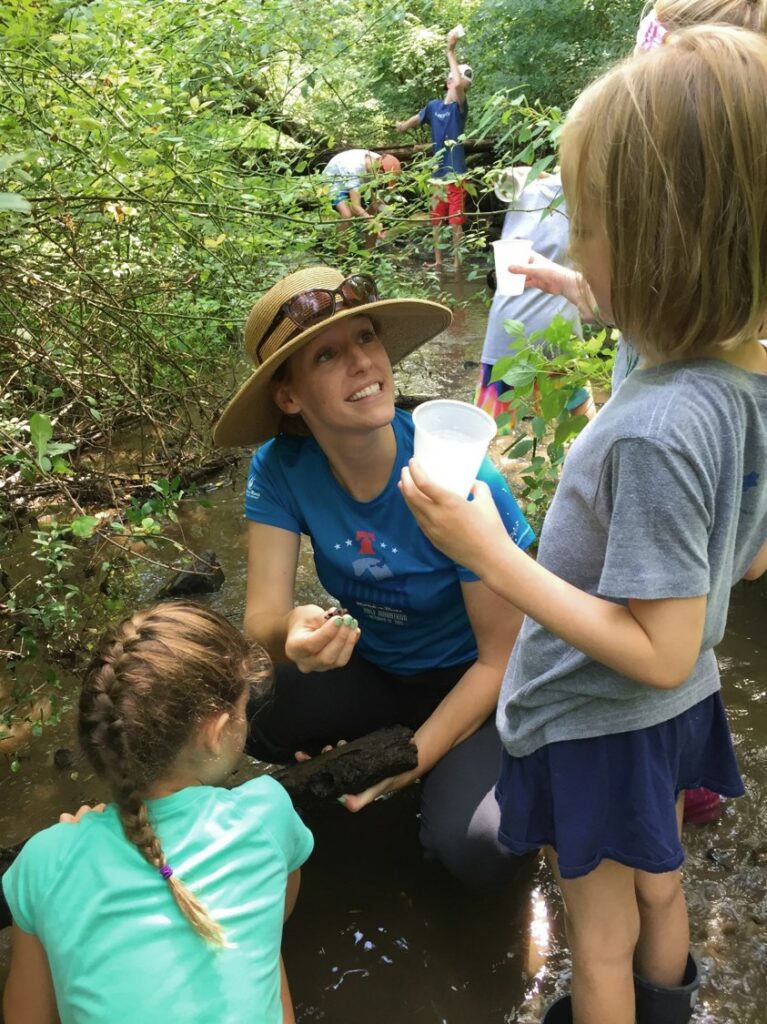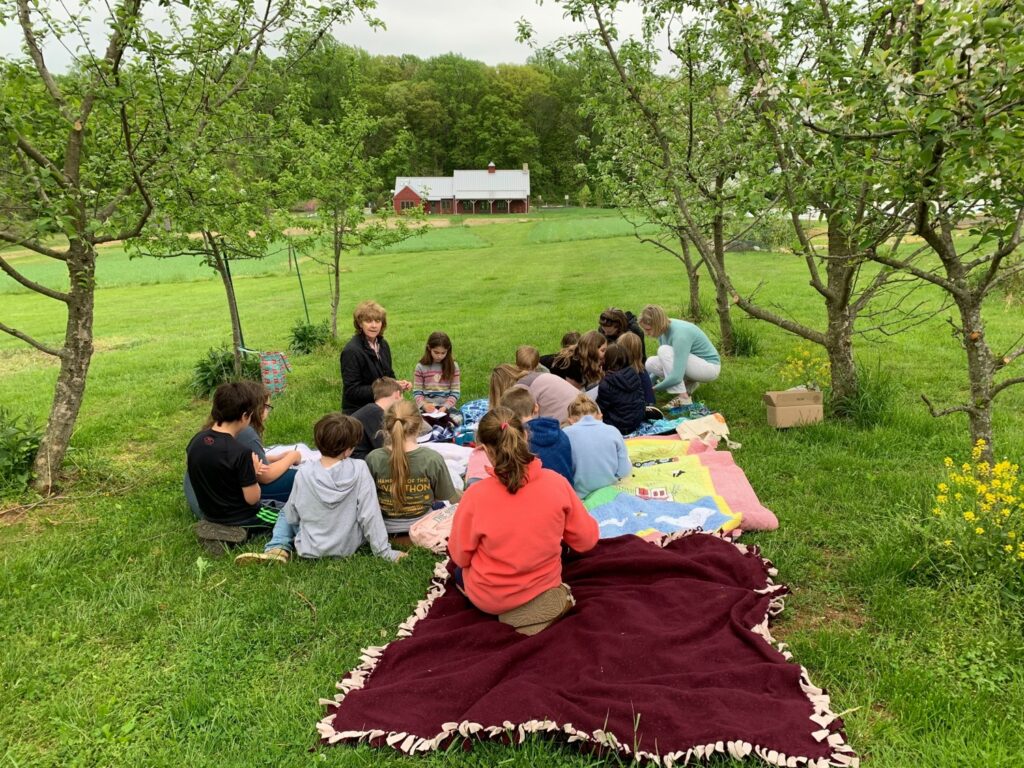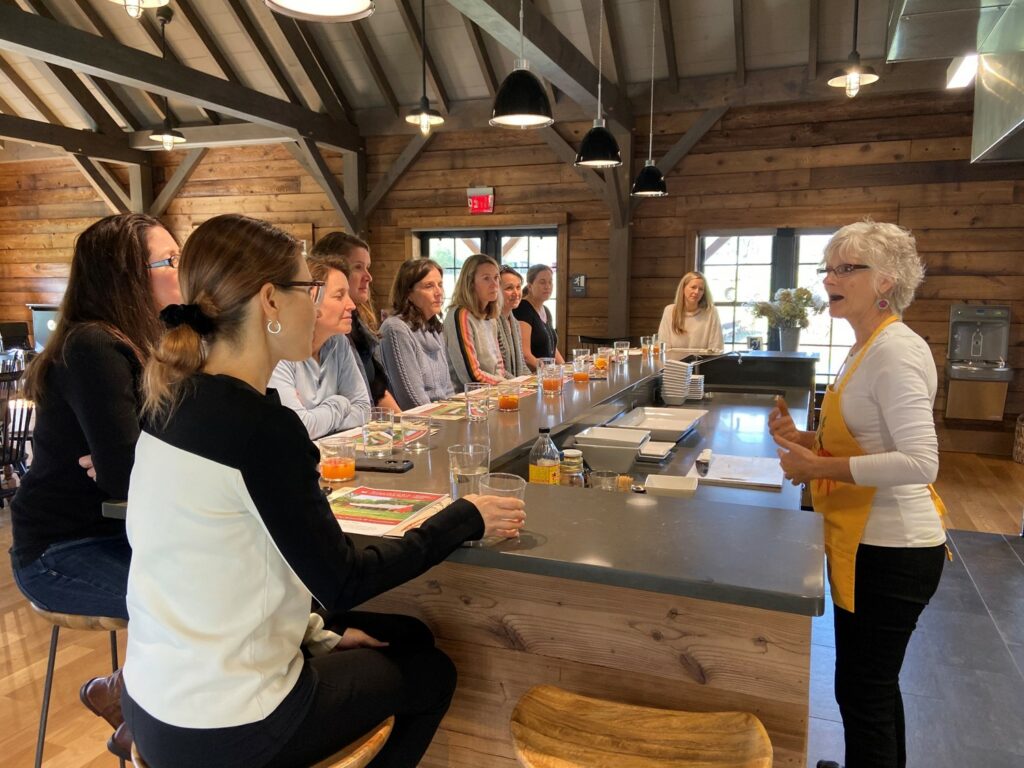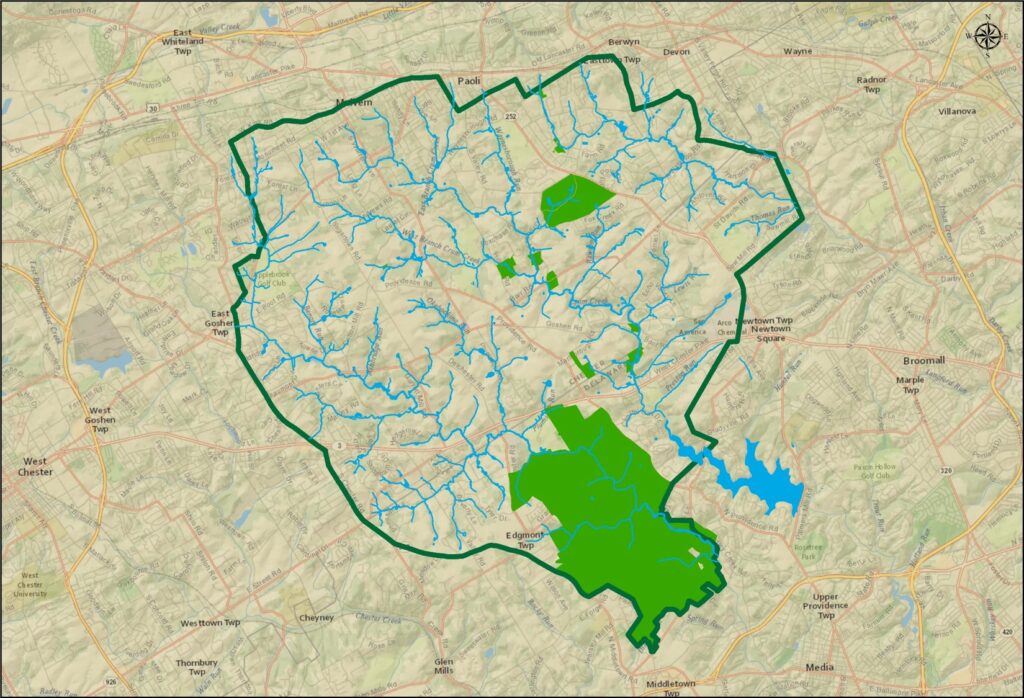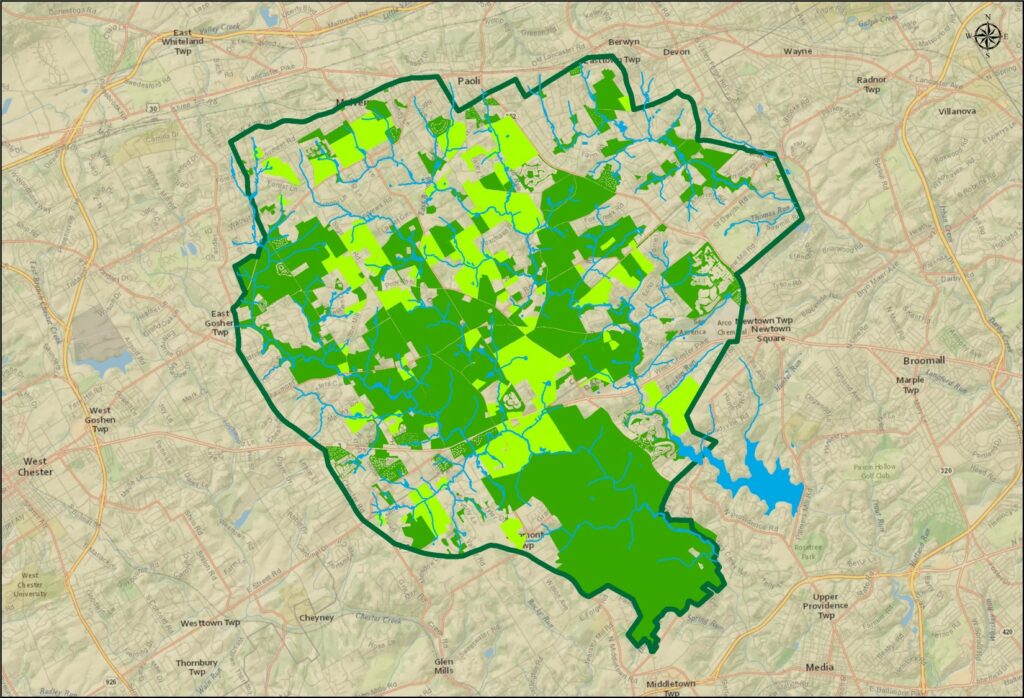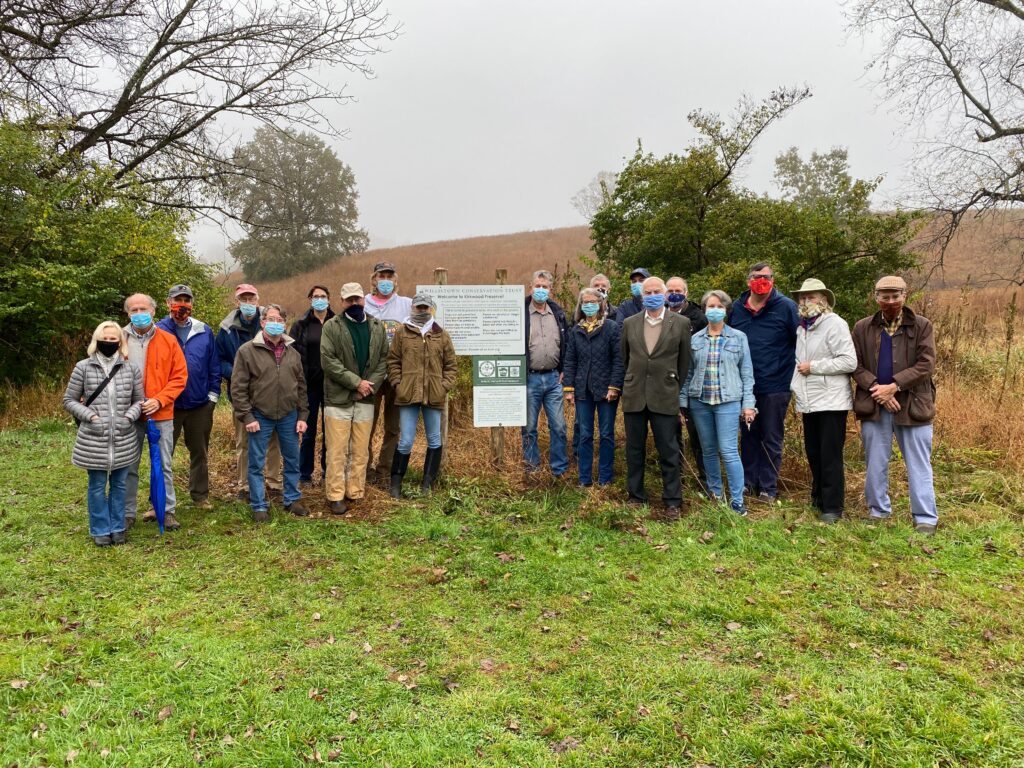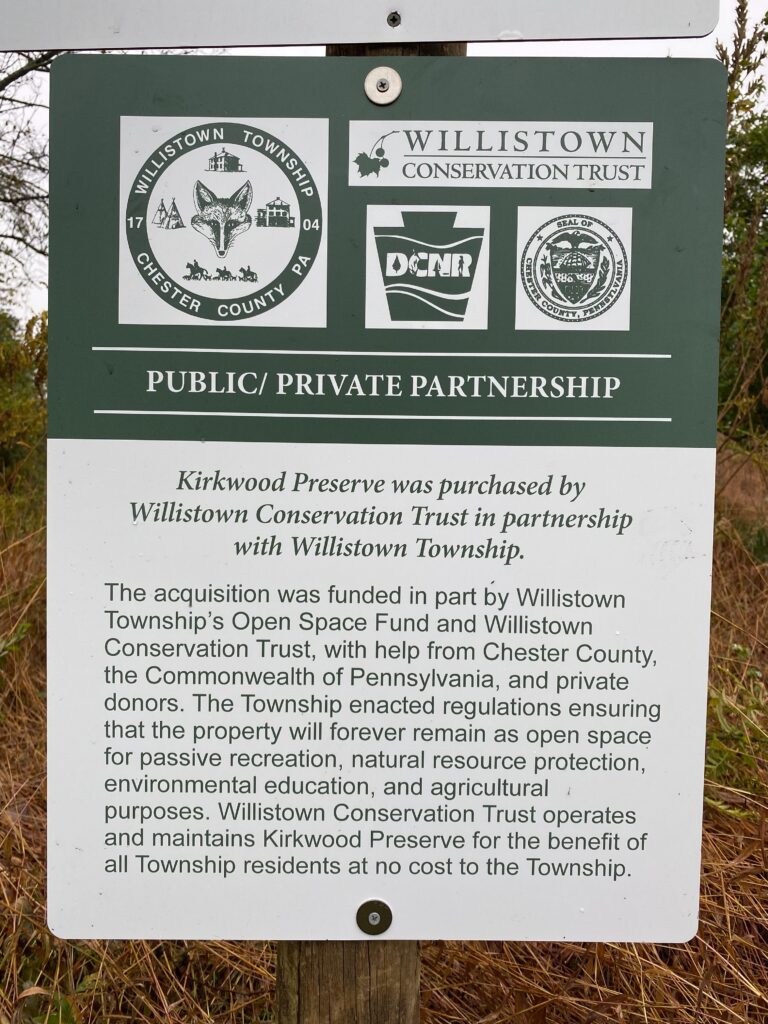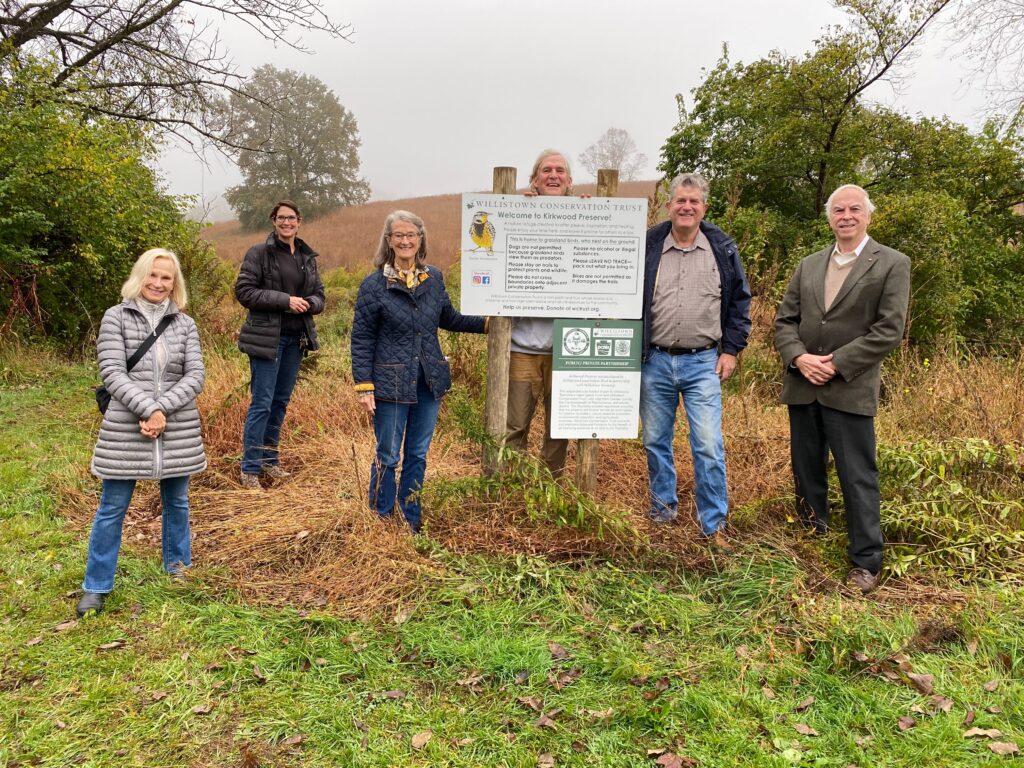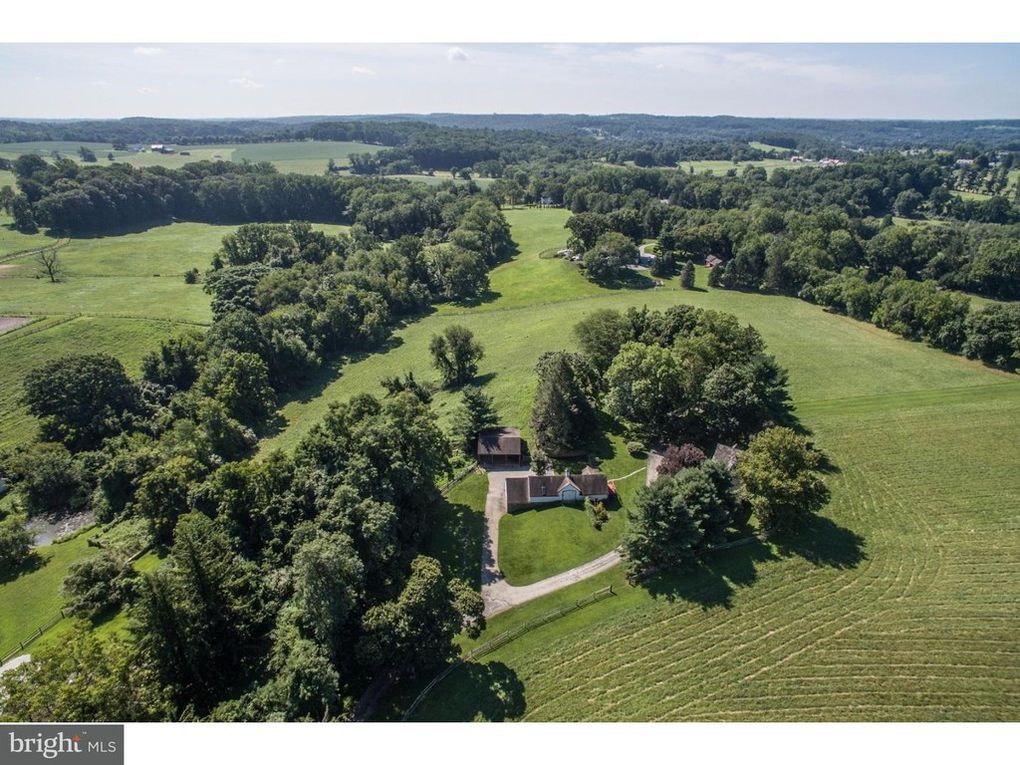Lights are everywhere around us and have many uses, often at night, that benefit our health and safety. We put lights on our cars, buildings, and roads, often neglecting to understand their full effect beyond their positive impact on human life. While lights may make us feel more comfortable in our surroundings, they have been known to negatively impact other species in our environment through the process of light pollution.
Light pollution occurs when the excessive use of light creates an overwhelming glow in the night sky that brightens the natural environment, often exceeding even the bright glow of a full moon. This form of pollution is all encompassing, as 83% of the world population lives in an area that experiences light pollution. In the USA and Europe, 99% of the population lives under a polluted night sky. If you are interested in seeing what light pollution looks like in your hometown, check out this website.
This image from https://www.darksky.org/light-pollution/ shows the potential pollution caused by lights in residential areas. All lights are used to light a specified area, but as seen in the image above, more areas outside of the area to be lit also experience glare.
Researchers have observed nocturnal animals that rely on dark skies and lunar cycles will change their activity levels in areas with more light pollution. Animal behavior has adapted to natural conditions over millions of years, and when we suddenly put in millions of lights, we are changing the environment species need to thrive. Perhaps the most common example of this is the case of the sea turtle. Hatching sea turtles rely heavily on the moon to find the ocean shortly after emerging. In highly polluted areas, the lights from the land often mimic or overpower the moon and deceive the babies, leading them towards land where they are bound to get hit by cars, eaten by predators, or starve to death (Longcore & Rich, 2004).
Locally, different species feel the burden of light pollution. Studies on streams across the USA have shown that light pollution near streams can change the makeup of insect populations in and around streams. Streamside studies where artificial light pollution was introduced demonstrated that important spiders often living in riparian zones decreased in abundance, as did the diversity of aquatic insects, by as much as 16%. Light pollution near streams also led to a decrease in size in emerging insects by approximately 76% (Meyer & Sullivan, 2013).
Changing conditions in streams can have a large ripple effect outside of the water, too. With individuals disappearing and shrinking in size, predators, like fish and birds, may have to consume larger quantities of smaller insects to meet their energy needs. Consuming more small insects can strain predators as they use additional energy to look for larger numbers of smaller prey. Less optimal food for these species can lead to decreased survival, further contorting the food web.
In addition to changes within the stream corridor, light pollution brings many pressures to terrestrial insect communities. Bright lights are known to attract flying insects outside of streams – think of your porch light and all the insects that fly near it at night. This attracts more predators, such as bats, that feed on vulnerable species of insects near these lights. While some predators suffer because of light pollution, species like bats can benefit based on different behaviors in different areas.
The map above shows the light pollution levels in Southeast PA. Philadelphia, a major city center, has incredibly high levels of light. Locally, West Chester, Marple, and Media all exert high levels of light pollution, as compared with the Trust’s program area, which experiences lower levels of light pollution thanks to lower development levels. These lower light levels can be attributed to protected lands.
While avoiding light pollution is incredibly unlikely, there are solutions and actions we can take to minimize its effect on wildlife globally. At home, turning off bright outdoor lights or getting an automatic light can decrease light output. When choosing lights, picking lights that effectively target an area to be lit is important, as ineffective lights can cast a glow beyond the anticipated area and pollute more space than necessary. Within our communities, we can advocate for darker nights by telling our towns and cities to turn off unnecessary public lighting on buildings and in public spaces, much like Philadelphia did this last spring. As for protecting our waterways, planting and maintaining a healthy riparian buffer can go a long way in shielding waters from harmful light pollution. Thick plant growth will block incoming light and help keep our streams at lower light levels, ensuring aquatic insects, fish, and other riparian organisms can thrive.
Citations:
Light pollution effects on wildlife and ecosystems. International Dark-Sky Association. (2016, September 12). https://www.darksky.org/light-pollution/wildlife/.
Longcore, T., & Rich, C. (2004). Ecological light pollution. Frontiers in Ecology and the Environment, 2(4), 191-198.
Meyer, L. A., & Sullivan, S. M. P. (2013). Bright lights, big city: influences of ecological light pollution on reciprocal stream–riparian invertebrate fluxes. Ecological applications, 23(6), 1322-1330.
Header Image Eco Watch
